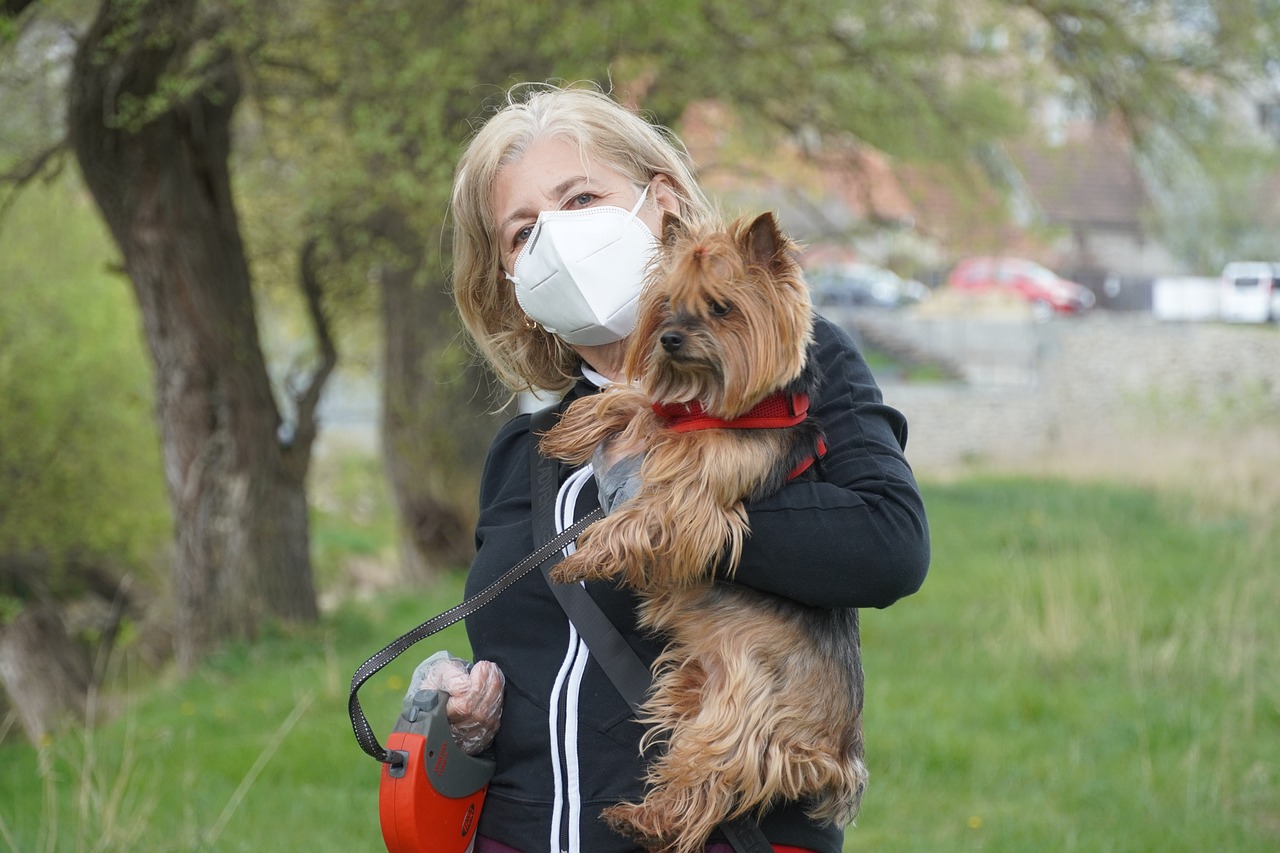Our pets are not just animals; they are an integral part of our families. Whether you have a loyal dog, a mischievous cat, a chirpy bird, or a small furry friend like a rabbit or a guinea pig, their safety and well-being are of utmost importance. Cages and carriers serve as safe spaces for your pets, ensuring their security and comfort in various situations. In this article, we will explore the world of cages and carriers, understanding their significance, and how to choose the right one for your furry friend.
Understanding the Importance of Cages and Carriers
Cages and carriers are not just tools for confinement; they are safe havens that provide security and comfort to your pets. They play a crucial role in several scenarios, such as visits to the veterinarian, travel, and even as everyday resting places.
Choosing the Right Cage or Carrier
Size and Space
One of the most critical aspects to consider when selecting a cage or carrier is the size. It should provide enough space for your pet to move around comfortably. Ensure that it’s not too cramped, but not excessively large either, as that might make your pet feel insecure.
Material and Durability
Select a cage or carrier made from sturdy and non-toxic materials. Durability is essential, especially if you have an energetic pet that might attempt to chew or scratch its way out.

Safety First: Features to Look For
Ventilation and Airflow
Proper ventilation is crucial to ensure your pet’s well-being. Look for cages and carriers with adequate airflow to prevent your pet from overheating or feeling claustrophobic.
Secure Locking Mechanisms
Opt for products with secure locking mechanisms to prevent accidental escapes during transport or while at home.
Comfort and Convenience
Padding and Bedding
Add padding and comfortable bedding to your pet’s cage or carrier to make it a cozy and inviting space. This will help reduce stress during confinement.
Easy Cleaning
Choose a cage or carrier that is easy to clean, as maintaining a clean environment is essential for your pet’s health.
Training Your Pet to Love Their Cage or Carrier
Introducing your pet to their cage or carrier gradually is key to making them feel comfortable. Start with short periods of confinement, gradually increasing the time. Use treats and positive reinforcement to create a positive association with their safe space.
Traveling with Your Furry Friend
Traveling with your pet requires extra precautions. Whether you’re taking a road trip or planning air travel, you must consider the following:
Air Travel Regulations
Familiarize yourself with the airline’s pet travel regulations, and ensure your pet’s cage or carrier meets the specific requirements.
Car Travel Safety
When traveling by car, secure the cage or carrier properly to prevent any sudden movements or accidents.
Cages vs. Carriers: Which One Is Right for Your Pet?
Consider your pet’s needs and your specific situation when deciding between a cage and a carrier. While a cage provides a more permanent and spacious home, carriers are ideal for short trips and visits.

Bringing Home a New Pet: Cage or Carrier Essentials
When bringing a new pet home, make sure you have a cage or carrier ready. It will serve as their initial safe space until they become familiar with their surroundings.
Making Their Space Feel Like Home
Add familiar items like toys, blankets, and bedding to make your pet’s cage or carrier feel like a home away from home.
The Psychological Benefits of Safe Spaces
Safe spaces have psychological benefits for pets. They provide a sense of security, reduce anxiety, and can even help with behavior problems.
Common Mistakes to Avoid
Avoid common mistakes such as choosing the wrong size or neglecting cleaning and ventilation. These errors can lead to discomfort and health issues for your pet.
Conclusion
Cages and carriers are not just containers for your pets; they are safe spaces that contribute to their well-being. By choosing the right size and material, ensuring safety features, and making their space comfortable, you can provide your furry friend with a secure and cozy environment. Whether it’s for travel or everyday use, these safe spaces are essential for pet owners.
FAQs
- What is the primary difference between a cage and a carrier? Cages are typically more spacious and serve as a semi-permanent home, while carriers are designed for short-term transportation and trips.
- How can I make my pet feel comfortable in their cage or carrier? Gradual introduction, positive reinforcement, and adding familiar items like toys and bedding can help make your pet feel at ease.
- Are there any safety regulations for pet carriers during air travel? Yes, different airlines have specific regulations for pet carriers during air travel. It’s essential to research and comply with these rules.
- Can a cage or carrier help reduce a pet’s anxiety? Yes, having a safe space like a cage or carrier can reduce a pet’s anxiety by providing a sense of security and familiarity.
- What should I do if my pet refuses to enter their cage or carrier? Patience is key. Use positive reinforcement, offer treats, and take your time in introducing your pet to their safe space.







